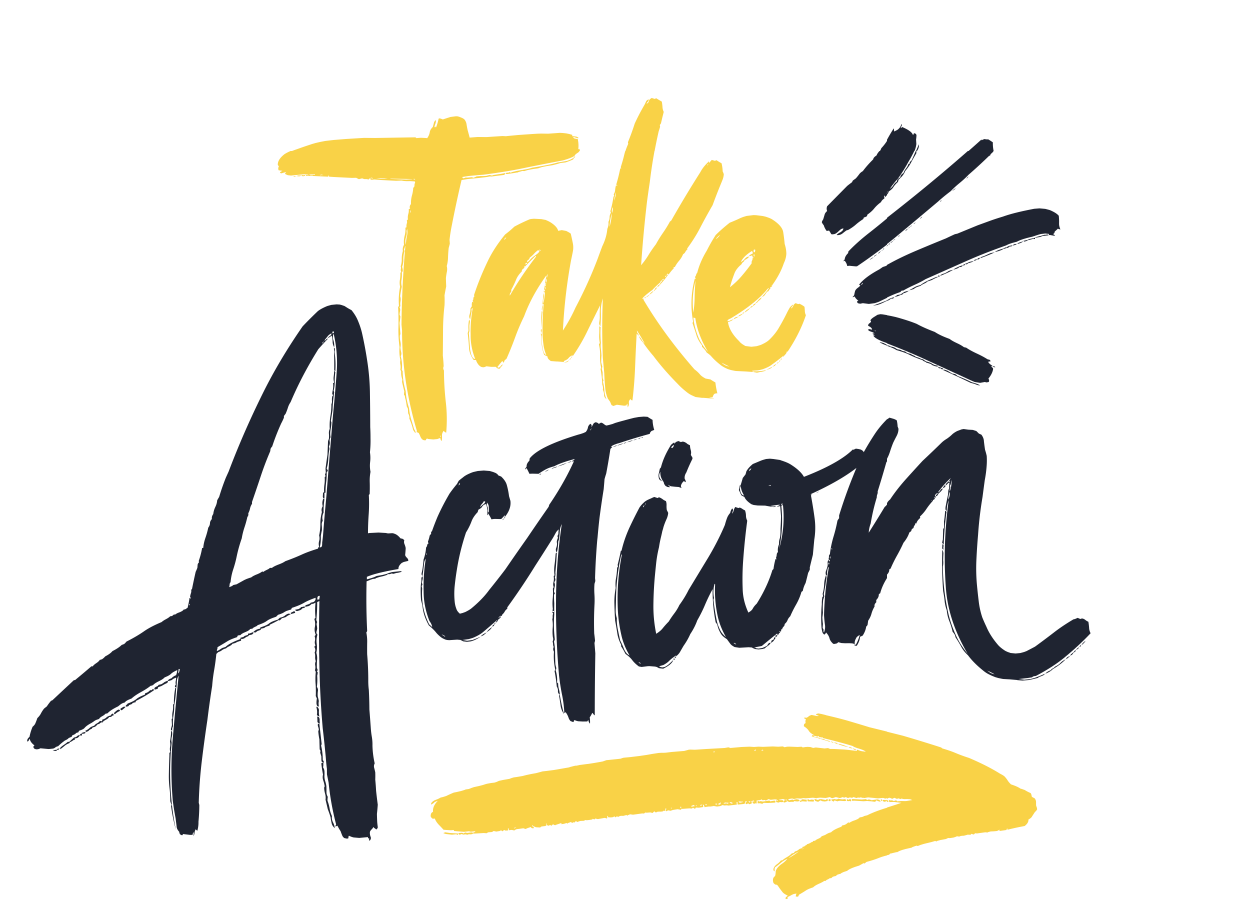Setting the Scenario
You go to the office and get ready to tackle your projects for the day. The minute you walk through that door and into the work zone, everything changes—all before you’ve even begun to work. One of your trustworthy and most reliable employees tells you they are quitting. Why? That’s the first question you ask, and they are hesitant to be honest with you, but they know it’s essential for you to hear. They step up and say it: they cannot handle the toxic work environment anymore and put their mental health and wellness first. This is shocking to hear because it hasn’t impacted you, the person in management who oversees the daily grind and isn’t necessarily mentally impacted by it. This problem is called great resignation, and it highlights the necessity for change in the Workplace.
To bring mental health in the Workplace to light, we need to begin by turning our attention to what matters most—getting employees the help and resources they need. From personal experience, I can tell you that this is a game-changer. Nobody was more shocked than I was when I learned that I suffered from bipolar depression last year. Now I understand myself better and understand the condition better too. Removing the stigma that comes with it is a life-changer. One of the best things from my diagnosis is that I’ve become a more effective advocate and communicator on the topic.
The Numbers Game
How about this startling statistic: in 2019, approximately 51.5 million adults living in the U.S. lived with a mental illness. That is an immense number of workplace talents that were impacted by something they were prone to keeping “a secret.” Make no qualms about it; mental illness is one of the best-kept secrets for many people. They choose to suffer in silence over sharing their challenges and learning that they are not alone. Well, it’s time to let those secrets go. To address the elephant in the room known as mental health, you need to be prepared to acknowledge its existence. That is the solution to getting the help you need.
The numbers demand changes even for those employers hesitant to advocate for it. Research tells us these startling statistics: depression leads to $51 billion in costs due to absenteeism and $26 billion in treatment costs. People even get fired over mental illness, and it is not necessary. There are ways to help and not lose out on your bottom line.
Employers are responsible for giving access to resources to help their most incredible resource—their people—address their mental health needs. Doing this proactively instead of as a mandate or law is preferred because it shows that employees matter to an organization.
It’s Time to Stand Up for Mental Wellness
The time has come! Employers have a valuable opportunity to implement changes that will jumpstart their workplace environments to better understand mental wellness and embrace its critical role in employee success. Instead of the great resignation, why not start a new movement: wellness determination. These ten ideas will jumpstart a new and productive conversation about mental wellness and why it is worth fighting for.
- Remove the stigma.
Know this; mental illness is not a character defect, so stop treating it as one by being hush about it. It is hard for employees to feel they can open up about their mental health at work. They worry about the “what ifs.” What if they get laughed at? What if they think you’re crazy? What if they get fired?
Less “what ifs” and more tangible steps should be the goal. This best begins with making sure your attitude about mental illness does not send the wrong message, that “something is wrong with them” vibe. Focusing on people’s wellness instead and contributing to that by being more tolerant and understanding of the problems mental illness presents. This can do a lot to create a culture of respect, support, and encouragement.
2. Make mental wellbeing as meaningful as physical wellbeing is.
Many workplaces offer many little perks to eating healthier, exercising more, and being physically well. They do this because if an employee is healthy, they are, in theory, more productive. Well, what about mental wellbeing? That is a crucial consideration if you desire healthy and engaged employees.
Make sure your organization offers mental health resources and is easily accessible. No jumping through hoops to get to them! Employees who are probably stressed out, scared, and unsure where to turn to need help, not the added frustration of having to jump through hoops to get the help they need. Talk about an ineffective benefit!
3. Understand your company culture’s role in your employee’s mental health.
You’ve likely heard of the term toxic environment, and you’ve probably experienced how detrimental it is firsthand at some point in your life. Toxic work environments lead to depressed employees. The British Medical Journal published a study that showed toxic workplaces are 300% more likely to produce major depressive symptoms in employees of those environments. Nobody stays working at places like this productively and long term. Begin with conducting a cultural assessment for blind spots in your organization that may threaten a thriving culture.
4. Make sure your corporate wellness programs focus on mental wellness too.
Many corporate wellness programs only focus on physical health. This is a big mistake, and we know better now: wellness programs attract talented workers, cut back absenteeism, improve morale, reduce turnover, and lower healthcare costs for the organization. There is also a demand to take care good care of other components that are an intricate part of our lives, including:
- Psychological: being integrated concerning your thoughts, feelings, bodily sensations, and interpersonal relationships.
- Social: since we are relational beings, we need healthy relationships to help ensure healthier minds.
- Emotional: having the emotional intelligence to better understand ourselves and others helps us demonstrate empathy and accept others’ empathy for us.
- Financial: it is about more than compensation; this also includes recognizing that employees who are financially distressed (student loans, medical bills, elder care for parents, etc.) often struggle to perform.
- Spiritual: without peace with God, the universe, or whatever, people often struggle to find meaning, purpose, and holistic wellness in their lives.
It is now expected more than just hoping for organizations to address these needs. One unique benefit that the COVID pandemic has produced is access to people via videocall, counselors and therapists included. Make sure to include time for employees to see these people if they desire, whether it means taking a few hours off of work to have the privacy for the call or even having a work-from-home day on appointment day. You can be very productive in a more relaxed, less toxic work-from-home environment.
5. Make sure there are mental health benefits in your benefits package.
With that staggering number of adults with mental illness, having mental health benefits as a part of any health insurance coverage is necessary. The organization Mental Health America shows that 10.3% (over 4.7 million) of adults with a mental illness remain uninsured. There is room for improvement, and this is one benefit that has to come from the top to benefit all.
You want people to be at their best internally because that helps them be more productive in any work setting. If you’re an employer, it is okay to want the best out of your employees; however, you do that by offering no options to ensure they are at their best. It’s like asking a chef to create filet mignon out of a fast-food burger.
There is access to free mental health resources, at minimal, that can be shared with employees. It’s a start and a great way to begin a long-overdue conversation on mental wellness.
6. Offer spaces that promote wellness.
If employees are working in a toxic or even stressful work environment, they like to need a space to recharge, re-energize, and destress. Wellness spaces can be a small meditation room, a quiet spot, or any other space where a person has a chance to diffuse and recharge their mind and spirit. These places are easy to set up, and you will find that people are not only grateful for them but don’t take advantage of them either. They will not spend all day in the quiet room.
7. Respect an employee’s time off.
Many workplace stress comes from employers having no boundaries to give people the time they need to rest and focus their attention on mental health. Portugal recently passed legislation that employers cannot contact employees after work hours. The U.S. has no such boundaries. In fact, an employee doesn’t have to give one day off (no sick days, no holidays, no vacation time) in the private sector. However, most employers have policies for time off, but statistics show that most employees still work on their vacation, sick, and holiday time.
Set boundaries around work time. Please don’t send emails after hours unless it’s urgent. There is even a feature on most email platforms where you can delay sending messages until a specific time. In these instances, this means not until the beginning of the next workday or after an employee has returned from vacation or holiday.
8. Offer mental health days.
I often get asked what exactly a mental health day is. Think about it this way. Vacation and holidays are preplanned time away from work. If you call in sick, you’re expected to be in bed or seeking medical attention. Mental health days aren’t preplanned, and there is no expectation that you are at home curled up with a cup of soup or watching Netflix. These are days when your employees cannot show up to work and need a mental break mentally.
Their break could be related to needing a break from your work environment or even something personal. Mental health days can be used in any way they choose. Whatever makes them feel happy, relaxed, and rejuvenated. Offering two to three mental health days can make all the difference in the world. You’d be pleasantly surprised at how an employee can return to work refreshed and ready to perform at their best! Besides, more likely than not, they are already taking mental health days—terms as sick days, but that are slick days. Instead, allow employees to be transparent about their mental health needs.
9. Be vulnerable.
As I stated earlier, 51.5 million adults in the U.S. are struggling with mental illness. That means that if you’re an organizational leader, you or someone you know is struggling. Just because you’re in a leadership position, that does not mean that these points don’t apply to you. Be transparent about your mental health. Set your boundaries. Take mental health days too. When your employees see you taking care of your mental wellness, they will likely do the same. Remember, mental illness affects everyone. No title, no salary, no address, no race, no age, no faith is exempt.
10. Show you care.
There are times when just acknowledging that you can tell someone is struggling with their mental health is helpful. People appreciate this honesty, and it doesn’t have to be awkward or uncomfortable. “You seem a bit down. Can I help?” Even if you implement the strategies I’ve outlined here, it will take some time for your employees to trust that you are genuine with your efforts. A collective group of people—a workplace—are at their best when everyone’s mental health is well. All people in an organization should feel compelled to lift each other or get them to who can best help. Then everyone wins!
Focus on the Future of Mental Wellness
Addressing mental health in the Workplace is becoming easier. Yet, we still have some distance to go. The numbers of those who suffer are too high, and not helping will bring any culture to a new low. Nobody wants that! It’s time to take charge and make the changes to the Workplace that will lead to the best changes for its employees. Mental wellness should be everyone’s focus in the Workplace because it can impact any person at any time. No one is immune from it. However, everyone is capable of making mental health a priority.

Wait, there’s more!
Here are two things you can do to promote mental wellness in your workplace immediately.

A Call For Help: Mental Health in the Workplace
As you’ve just read, mental health in the Workplace is an issue that is often left unspoken. Many people feel like they have to suffer in silence for fear of being judged or losing their job. This needs to change. I am researching the current state of mental health in the Workplace to be used in a white paper and a new book, and I need your help.
If you’ve been following me, you know that after my suicide attempt and bipolar diagnosis, I am on a mission to create safe spaces for people that have a mental illness at work. Your insights about your own experiences with your struggles with mental health will provide much-needed data for this project. Please take 10 minutes to complete this 20 question survey and share your experiences.
Please also share with your networks. The more data, the better. ☺️
Together, we can make a difference. Click here to take the survey.

Book Natasha Bowman or a team member to conduct training on mental wellness at work. Contact us today to learn more.




